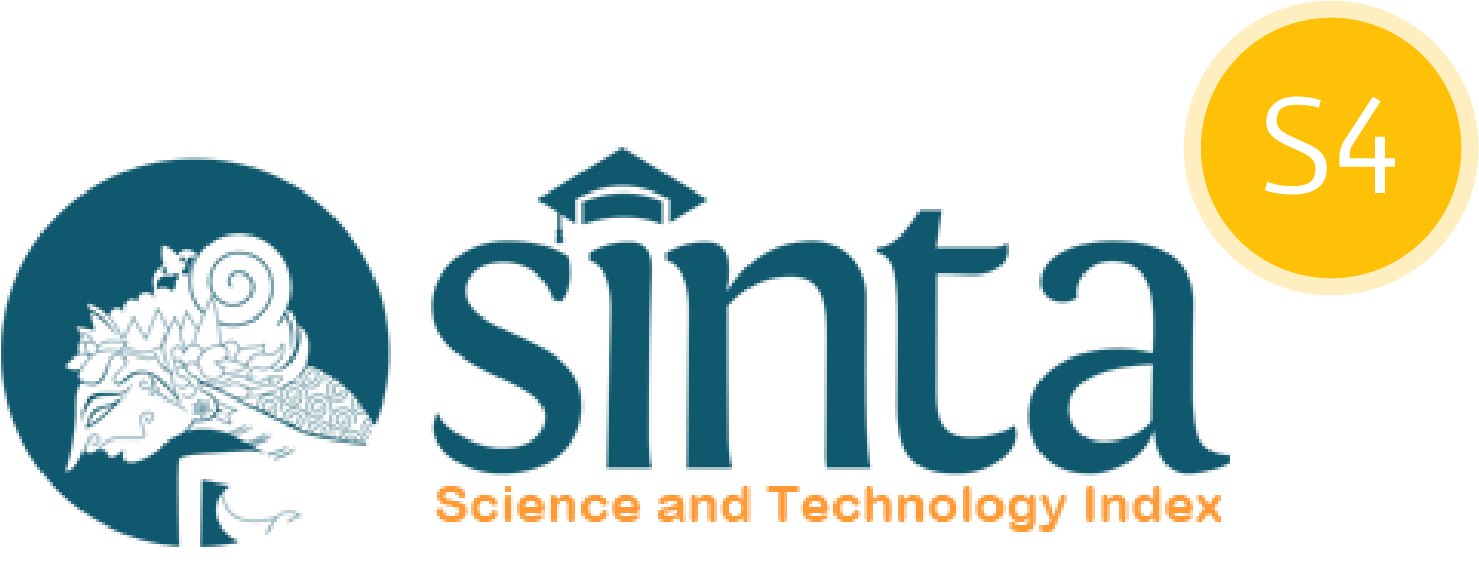Empowerment of the Environment Through the Utilization of Organic Waste as Raw Material for Organic Fertilizer Production in Pandan Wangi Village
DOI:
10.29303/ujcs.v6i2.1031Published:
2025-06-16Issue:
Vol. 6 No. 2 (2025): JuneKeywords:
Organic Fertilizer, Animal Manure, Community EmpowermentArticles
Downloads
How to Cite
Downloads
Metrics
Abstract
The use of fertilizers plays an important role in increasing agricultural productivity. However, long-term dependence on chemical fertilizers poses a risk of reducing soil fertility, causing nutrient imbalances, and leading to the accumulation of chemical residues that negatively impact the soil ecosystem. Pandan Wangi Village, which develops the agricultural and livestock sectors side by side, still faces challenges in managing organic waste. This condition leads to environmental pollution and a high dependence on chemical inputs in agriculture. This program aims to reduce the use of chemical fertilizers by utilizing livestock waste as a raw material for organic fertilizers, which can enhance soil fertility and reduce environmental impacts. This activity involves socialization and training to improve the knowledge and skills of the community in independently producing organic fertilizers. This program is expected to provide long-term benefits for agricultural productivity and empower communities towards a more sustainable and environmentally friendly agricultural system.
References
Bachtiar, B., & Ahmad, A. H. (2019). Analisis Kandungan Hara Kompos Johar Cassia siamea Dengan Penambahan Aktivator Promi. Jurnal Biologi Makassar, 4(1), 68–76.
Kurniawan, D., Yuliawati, R., Pramaningsih, V., Wahyuni, M., Habibi, M., Ramadhan, M. T. E., Suryati, F., & Adawiyah, R. (2023). Sosialisasi Dan Pelatihan Pembuatan Pupuk Organik Cair Serta Aksi Sosial Pembersihan Lingkungan. Jurnal Pengabdian Masyarakat Berkemajuan, 7(1), 52–57.
Mangalisu, A., Kurnia Armayanti, A., Syamsuryadi, B., Hakim Fattah, A., Studi Peternakan Universitas Muhammadiyah Sinjai, P., & Sinjai, K. (2022). Pemanfaatan Limbah Ternak Sapi sebagai Pupuk Organik untuk Mengurangi Penggunaan Pupuk Kimia Utilization of Cow Livestock Waste as Organic Fertilizer to Reduce the Use of Chemical Fertilizers. Media Kontak Tani Ternak, 4(1), 14–20. https://jurnal.unpad.ac.id/mktt/index
Maryam, & David, M. (2018). Pupuk Musacarica Solusi Meminimalisir Penggunaan Agrokimia pada Petani Sayur untuk Mewujudkan Indonesia Fod Sovereignty. Jurnal Penelitian Dan Penalaran, 5(1), 834–844. http://journal.unismuh.ac.id/
Ratriyanto, A., Widyawati, S. D., Suprayogi, W. P. S., Prastowo, S., & Widyas, N. (2019). Pembuatan Pupuk Organik dari Kotoran Ternak untuk Meningkatkan Produksi Pertanian. SEMAR (Jurnal Ilmu Pengetahuan, Teknologi, Dan Seni Bagi Masyarakat), 8(1), 9–13. https://doi.org/10.20961/semar.v8i1.40204
Utomo, P. B., & Nurdiana, J. (2018). EVALUASI PEMBUATAN KOMPOS ORGANIK DENGAN MENGGUNAKAN METODE HOT COMPOSTING. Teknik Lingkungan, 2(1), 28–32.
Worotitjan, F. D., Pakasi, S. E., & Kumolontang, W. J. (2023). Teknologi Pengomposan Berbahan Baku Eceng Gondok (Eichhornia crassipes) Danau Tondano. Jurnal Agroteknologi Terapan, 3(1), 1–7.
Author Biographies
Muhammad Makki, Program Studi Pendidikan Guru Sekolah Dasar, Fakultas Keguruan dan Ilmu Pendidikan, Universitas Mataram, Indonesia.
Baiq Hawarikatun, Program Studi Farmasi, Fakultas Kedokteran dan Ilmu Kesehatan, Universitas Mataram, Indonesia.
Dwi Safitri, Program Studi Ilmu Kelautan, Fakultas Pertanian, Universitas Mataram, Indoneisa
Alifiya Rizky Anjani, Program Studi Pendidikan Pancasila dan Kewarganegaraan, Fakultas Keguruan dan Ilmu Pendidikan, Universitas Mataram, Indonesia
Mila Azwari, Program Studi Fisika, Fakultas Matematika dan Ilmu Pengetahuan Alam, Universitas Mataram, Indonesia
Sanjaya Pratama, Program Studi Sosiologi, Fakultas Hukum, Ilmu Sosial dan Politik, Universitas Mataram, Indonesia
Fatima Azzahra, Program Studi Pendidikan Biologi, Fakultas Keguruan dan Ilmu Pendidikan, Universitas Mataram, Indoneisa
Muhammad Farid Irfansyah, Program Studi Teknik Sipil, Fakultas Teknik, Universitas Mataram, Indoneisa
Putri Adellya, Program Studi Pendidikan Bahasa Inggris, Fakultas Keguruan dan Ilmu Pendidikan, Universitas Mataram, Indonesia
Rio Reihan Pratama, Program Studi Budidaya Perairan, Fakultas Pertanian, Universitas Mataram, Indoneisa
Amar Mukarom, Program Studi Pendidikan Bahasa dan Sastra Indonesia, Fakultas Keguruan dan Ilmu Pendidikan, Universitas Mataram, Indoneisa
License
Copyright (c) 2025 Muhammad Makki, Baiq Hawarikatun, Dwi Safitri, Alifiya Rizky Anjani, Mila Azwari, Sanjaya Pratama, Fatima Azzahra, Muhammad Farid Irfansyah, Putri Adellya, Rio Reihan Pratama, Amar Mukarom

This work is licensed under a Creative Commons Attribution 4.0 International License.
You are free to:
- Share — copy and redistribute the material in any medium or format for any purpose, even commercially.
- Adapt — remix, transform, and build upon the material for any purpose, even commercially.
The licensor cannot revoke these freedoms as long as you follow the license terms.
Under the following terms:
- Attribution — You must give appropriate credit, provide a link to the license, and indicate if changes were made. You may do so in any reasonable manner, but not in any way that suggests the licensor endorses you or your use.
- No additional restrictions — You may not apply legal terms or technological measures that legally restrict others from doing anything the license permits.
Notices:
You do not have to comply with the license for elements of the material in the public domain or where your use is permitted by an applicable exception or limitation.
No warranties are given. The license may not give you all of the permissions necessary for your intended use. For example, other rights such as publicity, privacy, or moral rights may limit how you use the material.




